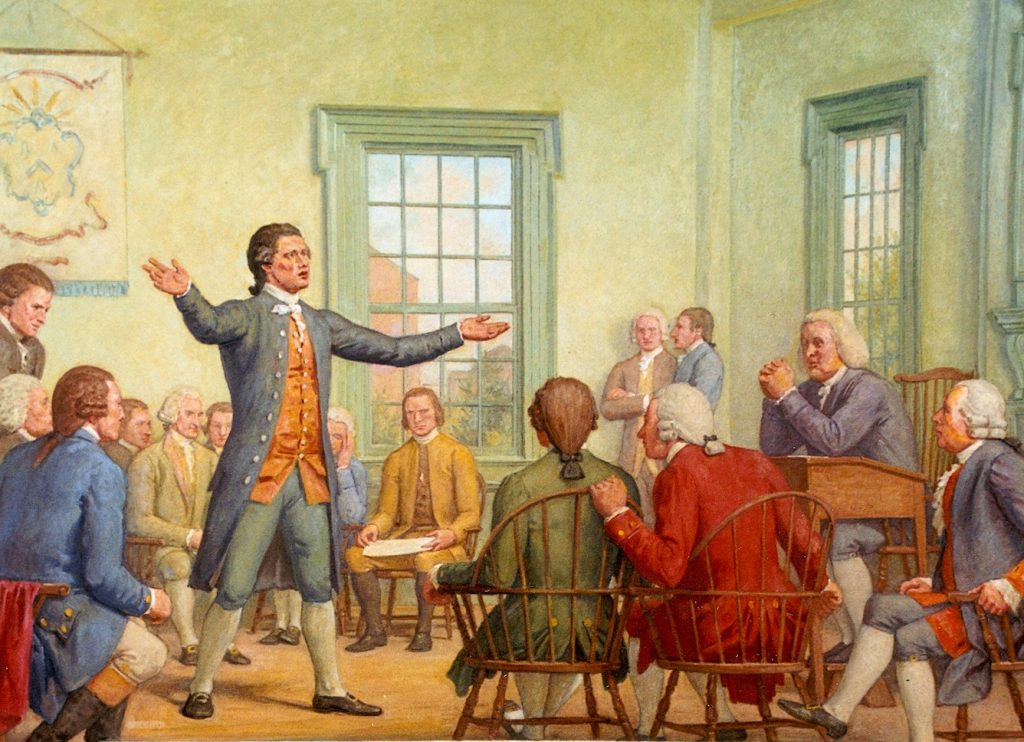
Good content can really make an attendee’s experience. We come to learn and there is no better place than SESUG with Academic Sessions, Demos, Hands-on-Workshops, Pre- and Post-Conference Workshops and Peer-to-Peer learning. But how does that content get there and how are we doing so far? Let us see…
As Academic Chair for the SESUG 2019 conference, one of my responsibilities is managing the content of paper proposals that you submit for the conference in October. By no means do I do this alone – I get a lot of help from the Section Chairs who oversee their individual academic sections. It is very much a team effort. As paper submissions roll in they are on the front lines reviewing content and eventually they will be the ones who guide final authors to the final stage in Williamsburg. A quick shout out to my Section Chairs – you all are the best and you make this conference great!
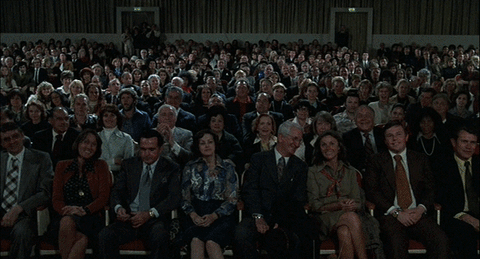
I have shared how Chuck and I identified the tracks for this year’s conference. Now I want to take some time to reflect on the responses and provide a sneak preview of some of the topics we may see this year. Unfortunately, it is too early to announce the final roll call since the submissions will still be accepted until June 13th (wink, wink, nudge, nudge). But
Submission Hot Topics
We have had many great submissions so far across all of our academic sections. Keywords were collected on the submission applications this year to help with organizing conference content. Here are the popular keyword topics people have submitted content for, some of which we will see and hear about in October. As Benjamin Franklin once said, “Words may show a man’s wit, but actions his meaning.” Keep those submissions coming… there is still time!
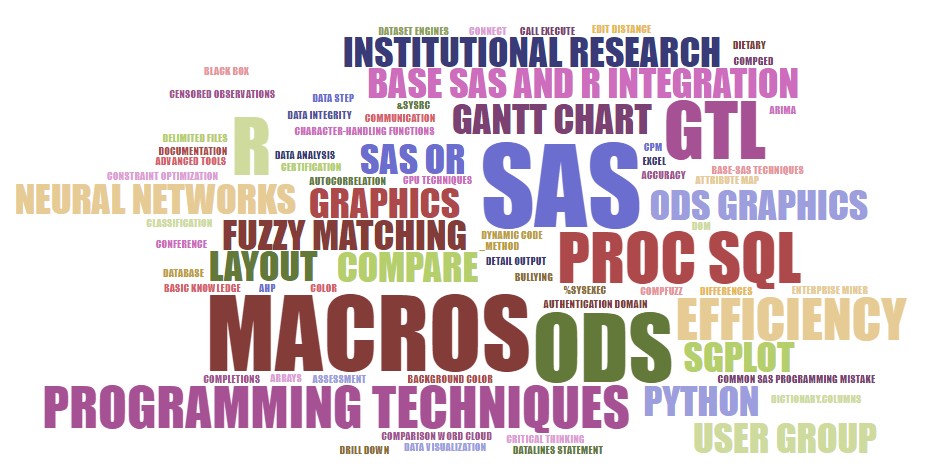
Tried and True
For as long as I have been involved with SESUG, the most popular sections that get the most submissions are the instructional how-to sections (this year called Know your SAS: Foundations and Know your SAS: Advanced Techniques), Statistics and Data Analysis, Reporting and Visualization and Coder’s Corner. This year has been no different – over 60% of the paper proposals we have thus far were submitted to one of these sections. Many of these submissions propose papers on topics like the use of SAS Macros, tips for efficient programming, and commonly used SAS procedures that an analyst should always have handy in their analytics toolbox.
Welcomed Surprises
I have heard somewhere that if you build it, they will come. We decided on an Open Analytics section this year in the hopes that SAS users who integrate their analytics with open source platforms would have a designated place. To be honest, Chuck and I really were not sure how it would go. However, this section has seen strong paper abstract submissions. It seems a lot of people are excited and enthusiastic about having a focused track on these topics and I can’t wait to see how it will all unfold in October.
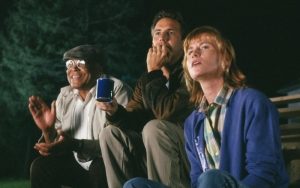
Can We Get a Little TLC?
I understand it is still a bit early, but as of
If you are concerned that you don’t have anything exciting, remember that a large diversity of people come to SESUG with a wide variety of backgrounds. Believe it or not, there will be things you know that many people don’t! What did you learn this year? Teach others. Have a case study for your industry? People love that! Do you integrate SAS with open source analytics? Show us how! Presenting to others is a great way to not only share your knowledge but build it up even stronger for yourself.
If it is your first time presenting at a conference and just want to get your feet wet – give E-Posters a shot.
Conference Pre- and Post-Workshops are Available
We have talented, recognized, and experienced instructors prepared to share their knowledge in 4-hour sessions before and after the conference. You can sign up for a conference workshop when you register for the conference for an additional cost that is well worth the price! You can find the list of workshops available this year on the SESUG website for more details.
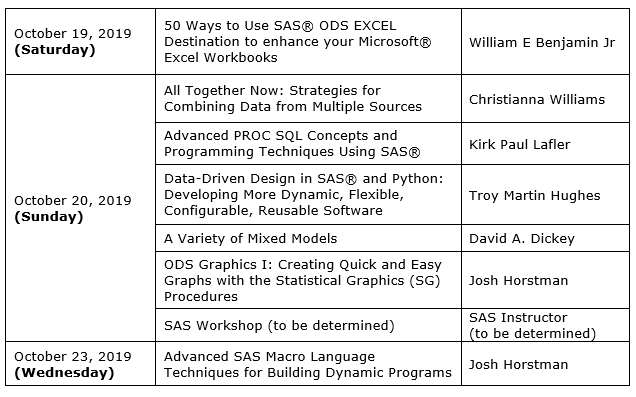
There is still time to Contribute your Ideas!
If you have an idea for a paper, submit your abstract by following this link here. The SESUG 2019 Call for Papers is open until June 13th!

